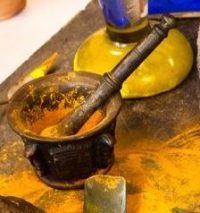menu
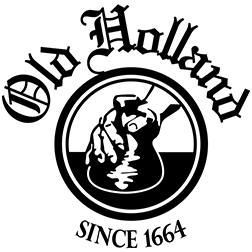
Museum
The Old Holland production process has not changed much since 1664. Pigments and tools have improved over the ages thanks to technological developments. An evolution that has allowed us to accumulate the world’s largest collection of pigments and tools. Take a look at some showpieces.
Would you like to see them in real life? Visit our museum and factory!
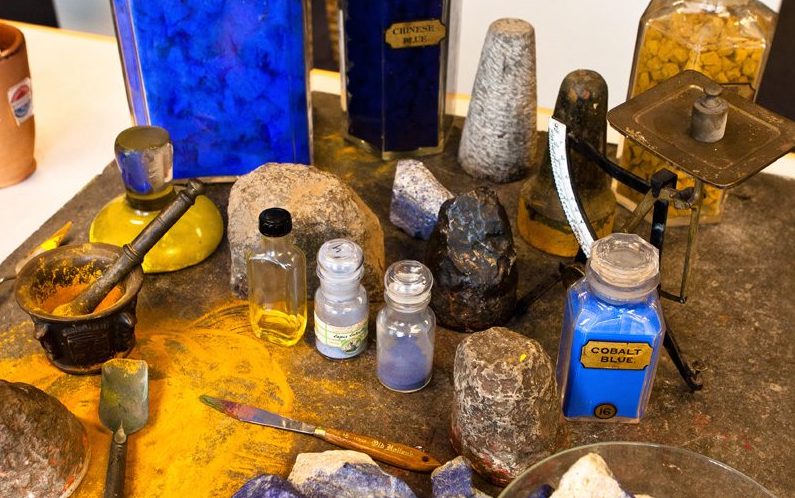
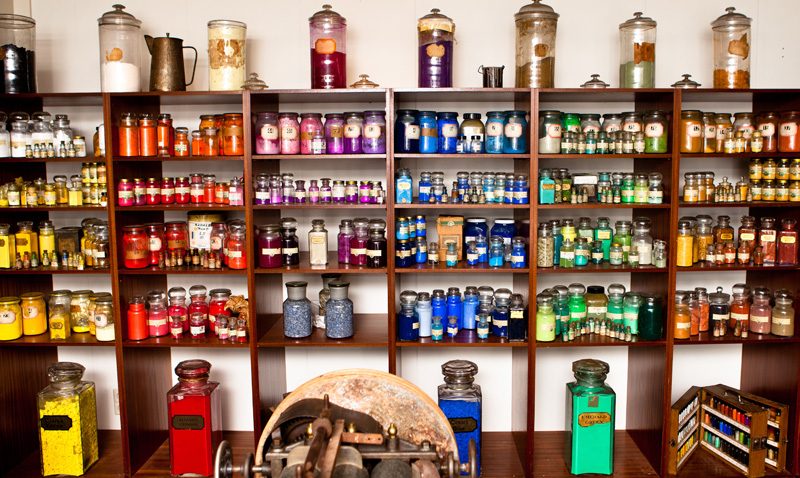
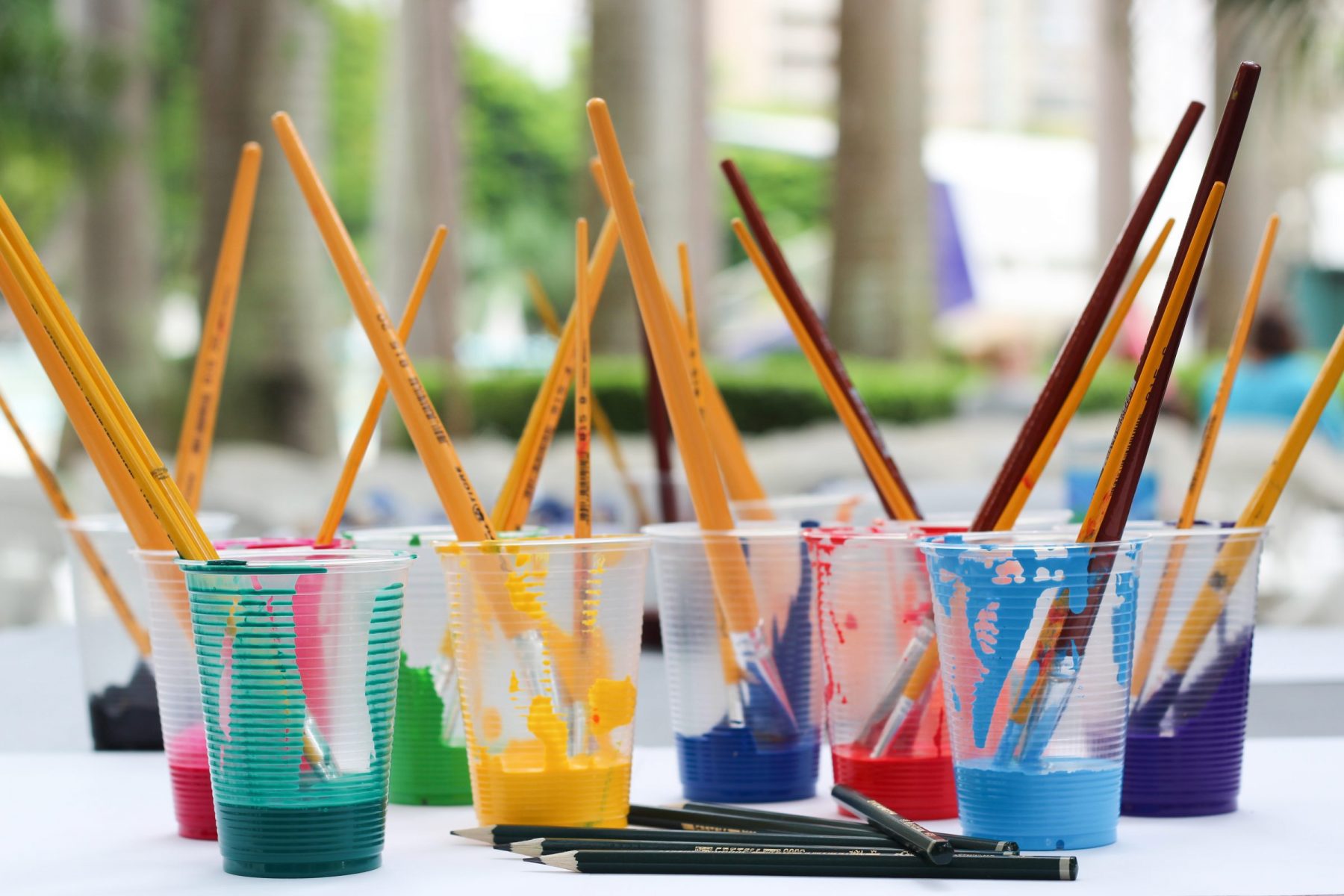
Pigments
Pigments are obtained from very diverse raw materials. Would you like an example? Painters used to obtain the pigment ‘Indian Yellow’ from a ‘ball’ of cow’s urine.

